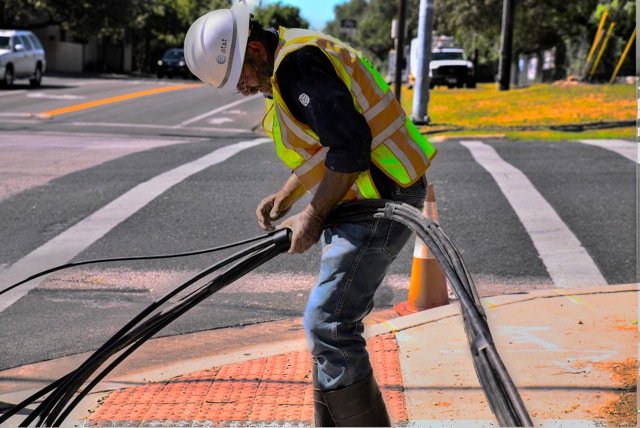AT&T has stated that it currently has no plans to immediately remove lead cables from Lake Tahoe, pending further analysis, as revealed in a recent court filing.
 The decision comes in the wake of a Wall Street Journal report on July 9, which led to a series of downgrades by analysts, causing AT&T’s shares to hit their lowest level in 30 years. The report alleged that AT&T, along with other telecom companies, left toxic lead cables on poles, underwater, and buried underground.
The decision comes in the wake of a Wall Street Journal report on July 9, which led to a series of downgrades by analysts, causing AT&T’s shares to hit their lowest level in 30 years. The report alleged that AT&T, along with other telecom companies, left toxic lead cables on poles, underwater, and buried underground.
In response to the report, AT&T strongly criticized the accuracy of the newspaper’s reporting and testing, asserting that it significantly differed from the expert testing commissioned by the company itself.
According to the court filing, AT&T argued that lead-clad cables constitute only a small portion of its vast network. The company estimated that these cables make up less than 10 percent of its copper footprint, which comprises approximately two million sheath miles of cable. Furthermore, the majority of these cables are in active service, with more than two-thirds either buried, placed in conduit, or suspended aerially, with only a small portion underwater.
In 2021, AT&T had agreed to remove lead-clad telecommunications cables from Lake Tahoe to settle a lawsuit, despite its belief that they posed no danger. However, a lawyer for the company argued in a subsequent court filing that the cables should remain in place to permit further analysis by qualified and independent parties, including the Environmental Protection Agency (EPA). The lawyer emphasized the importance of objective scientific evidence rather than sensationalized media coverage in determining the safety of the cables.
A status conference is scheduled for Thursday, during which AT&T’s decision and the concerns surrounding the lead cables will likely be discussed further.
In the court filing, AT&T referenced a letter sent to the EPA by the Environmental Defense Fund, recommending an assessment of the condition of the underwater cables and the risks associated with their potential removal or retention.
Amidst the ongoing controversy and public concern, AT&T’s position remains under scrutiny, as stakeholders await further developments and scientific assessments regarding the lead cables in Lake Tahoe.
